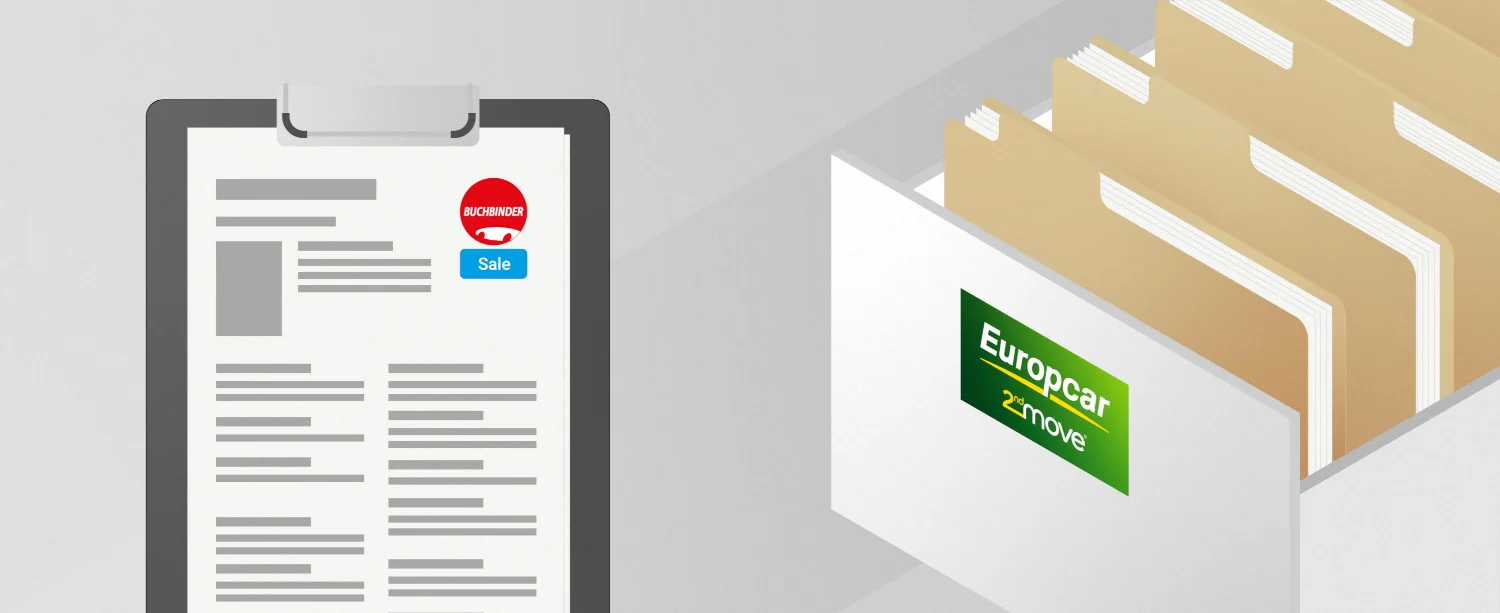In fleets of a certain size, it can make sense to outsource the handling of breakdowns and accidents. There are specialized providers who implement claims management completely digitally and offer the customer's fleet management transparent tracking of all cases in real time. The digital all-round service ranges from recording the damage with a photo app to the complete processing and financing of the damage. This relieves the burden on fleet management and at the same time keeps them up to date at all times. In addition, cost savings can be achieved through outsourcing.
Digital claims management begins at the scene of the accident. The damage is recorded there using a photo app on the smartphone. The more precise the recording is, the easier it will be to process the damage later on. Outsourcing partners also offer that the drivers involved in the accident speak to a person who asks specific questions to ensure that the damage file is complete.
The next step is to ensure that everyone involved, such as the workshop, appraiser, leasing company of the vehicle in question and fleet management, receive the information without wasting time. The sooner the information reaches everyone involved, the better. This workflow results in repair and downtime being minimized. For example, spare parts can be ordered before the damaged vehicle reaches the workshop.
With the digital damage file, all information is always at hand
Thanks to the digital damage file, all relevant information from those involved in handling the damage is stored centrally and fleet management has access at any time. This data helps to process the current claim.
The more complete and transparent the data is recorded in the damage file, the easier it is for fleet management to draw conclusions for optimizing further damage management for each vehicle and for the entire fleet. Ideally, this improvement process is software-supported.
Risk management as a supplement to claims management
True to the saying “The best care is prevention,” digital claims management also offers the opportunity to draw conclusions by analyzing claims in order to avoid damage in the future or at least reduce the frequency of damage in the fleet.
The analysis of the damage cases that have already been recorded plays a crucial role here. Risk factors can be identified from the sum of the data and targeted risk management can be established. The more detailed the causes and causes of damage are analyzed, the easier it is to take concrete measures to minimize risks. There are two approaches: the fleet and company-based approach and the individual driver-based approach.
Influencing factors in the company include, for example, improving the general condition of the vehicles and the safety-related equipment. One result could, for example, be that vehicles are equipped with a rear camera or other security systems. In addition, improvements to scheduling and route planning can be introduced in order to reduce stress for drivers.
Most accidents are due to driver misconduct. Here you have to pay close attention to how you drive. Driving too fast and hectically always poses more risks than driving calmly and uniformly. Personality characteristics also play a role: Is the driver generally a restless or calm person? He tends to behave nervously. Are there possible personal problems that could affect driving behavior? Targeted discussions and training are available here to support this person. Ideally, this should result in improved driving behavior and minimizing the risk of damage.
 To register, you will be redirected to the Europcar 2ndMove website. After registering, you can log in to Buchbinder-Sale.de.
Next
To register, you will be redirected to the Europcar 2ndMove website. After registering, you can log in to Buchbinder-Sale.de.
Next
 To register, you will be redirected to the Europcar 2ndMove website. After registering, you can log in to Buchbinder-Sale.de.
Next
To register, you will be redirected to the Europcar 2ndMove website. After registering, you can log in to Buchbinder-Sale.de.
Next






 Registration
Registration  Login
Login All vehicles
All vehicles  Direct Sale
Direct Sale
 Auctions
Auctions
 Service
Service
 Company
Company
 My Area
My Area 
